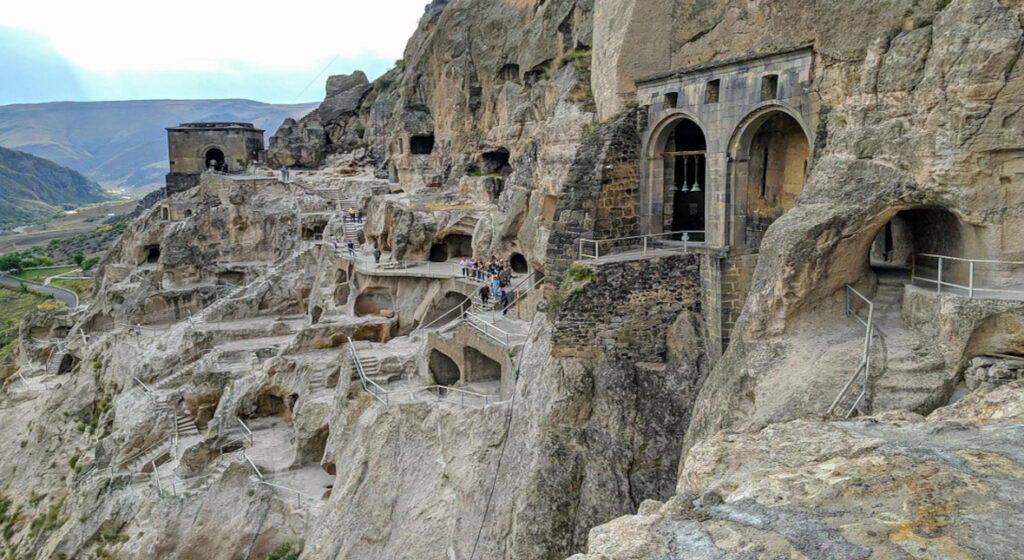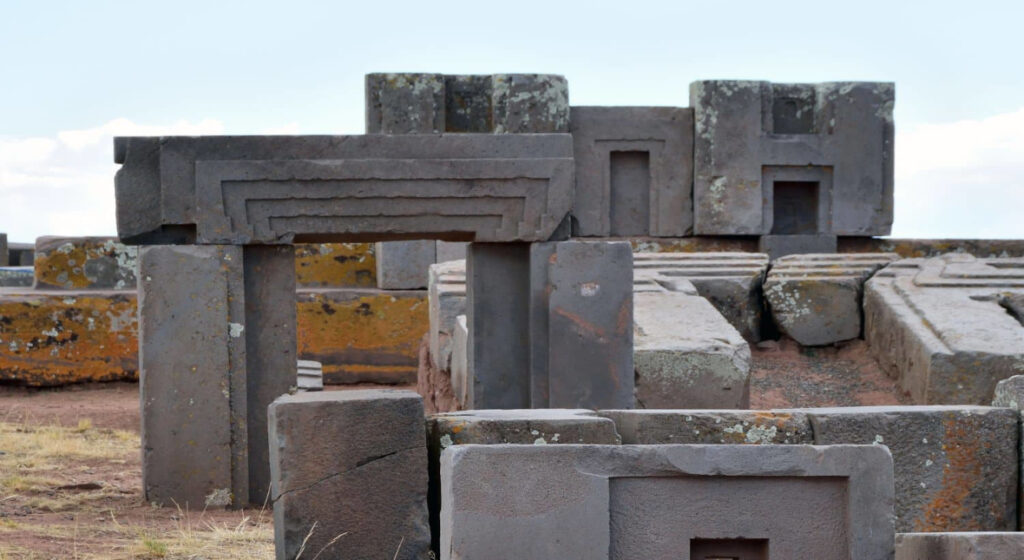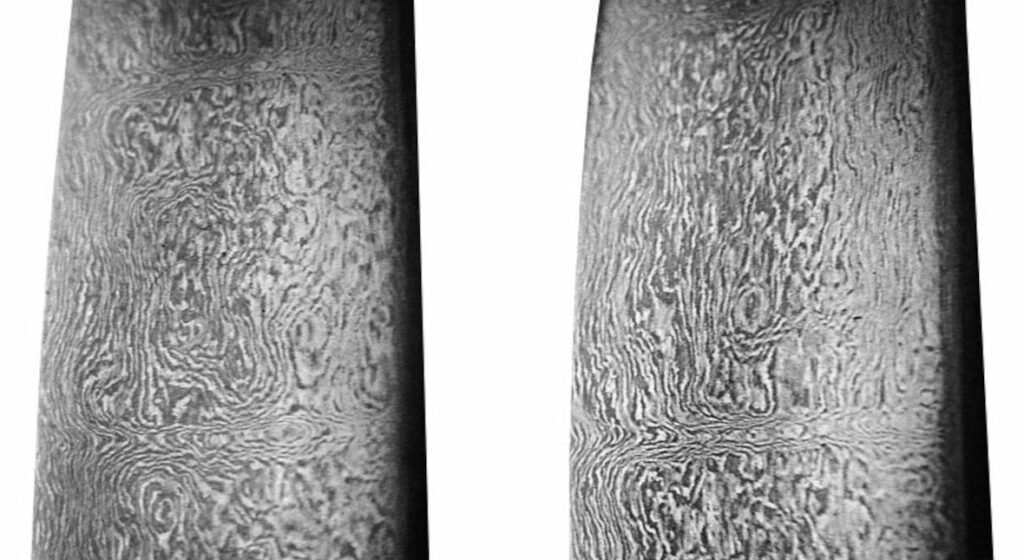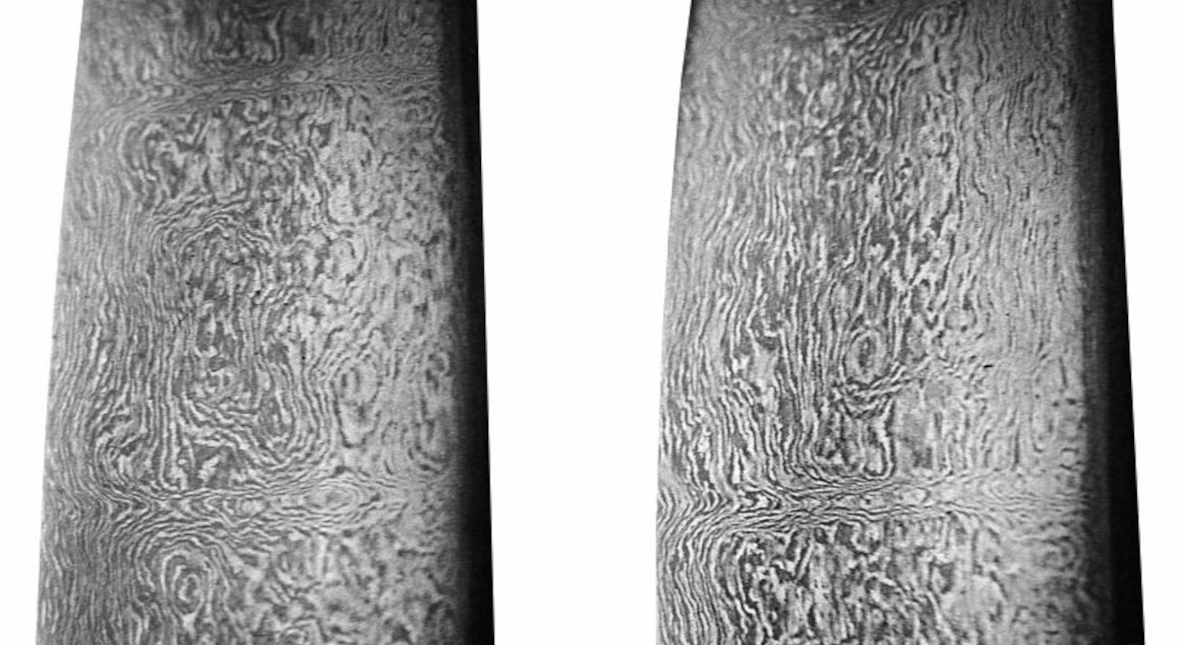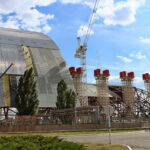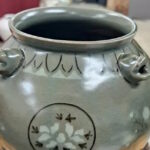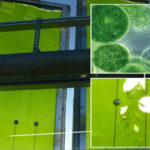Now Reading: Damascus Steel: The Blade of Legend and Mystery
-
01
Damascus Steel: The Blade of Legend and Mystery
Damascus Steel: The Blade of Legend and Mystery
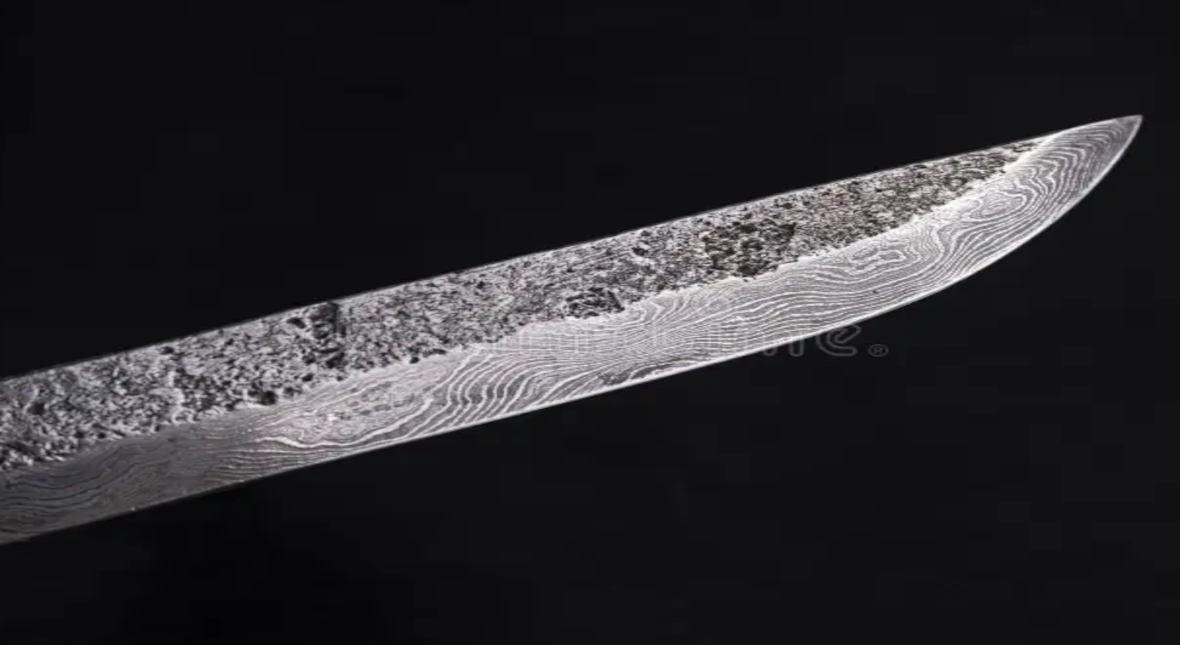
From the sands of Arabia to the forests of Europe, few weapons in history have inspired as much awe, fear, and mystery as the fabled Damascus steel blade. Known for its rippling, water-like patterns, its ability to cut through nearly anything, and its unearthly resilience, the Damascus blade became the stuff of legend—literally. For centuries, kings, warriors, and scientists alike sought to unlock its secrets.
The Myth of the Invincible Edge
One of the most famous legends surrounding Damascus steel is its ability to slice through a rifle barrel as if it were butter. This tale emerged during the 18th and 19th centuries, when European officers and explorers witnessed the startling sharpness of these Middle Eastern blades. While it’s unlikely a sword could slice cleanly through solid gunmetal without damage, it is true that authentic Damascus blades—made from wootz steel—could cut through softer metals like iron with astonishing efficiency. The legend grew and became a metaphor for technological superiority and martial mastery.
The Hair That Fell Like Silk
Perhaps more mythical is the tale of the floating hair test. Swordsmiths and collectors claimed that a proper Damascus sword could slice a strand of silk or human hair merely dropped on the edge. While this may not be physically accurate, it reflects the incredible sharpness and fine grain of Damascus blades. Some historic treatises from Persia even described this test as the standard for a master blade—a sword that cut without force, like nature itself obeyed its edge.
Crusaders Humbled by the East
During the medieval Crusades, European knights—heavily armored and armed with straight swords—encountered Muslim warriors wielding curved, gleaming sabers of Damascus steel. These Eastern swords reportedly cut through shields, mail, and even other swords, shocking the Crusaders. Many knights returned to Europe with captured blades, unable to replicate them. In fact, this led to centuries of European attempts to reverse-engineer Damascus steel, to no avail. It wasn’t just the sharpness; it was the balance, the spring, and the life in the blade.
READ MORE: The Metallurgical Genius of Damascus Steel
The Sword With a Soul
In Islamic and Persian culture, it was often said that a truly masterful blade had a soul. Damascus swords were believed to possess a kind of spiritual presence—alive in the hand, humming with intention. The undulating patterns in the steel weren’t just decorative—they were interpreted as rivers, flames, or the flow of destiny. Warriors would name their swords, speak to them, and in some cases, pass them down as family heirlooms, believing that the soul of the warrior lived on in the blade.
A Blade That Battles Time
One Middle Eastern legend tells of a Damascus blade that had seen 100 battles and still cut like new. It was said to be wielded by a warrior who never sharpened it—not once. His enemies believed the sword was enchanted or made by djinn. While the tale is surely myth, it highlights a real property of Damascus steel: remarkable edge retention. Unlike other blades that dulled quickly, a Damascus edge could hold its keenness for far longer, due to the hard carbide bands formed during forging.
A Forgotten Recipe Lost in Time
The real Damascus steel was made not by accident, but through the use of wootz steel, a type of crucible steel exported from South India and Sri Lanka as early as the 3rd century BCE. Blacksmiths in Syria and Persia forged these ingots through a process that controlled impurities and carbon content in ways still not entirely understood. At some point in the 18th century, the method was lost forever—perhaps due to trade disruptions, the extinction of ore sources, or the death of master smiths who kept their knowledge secret and unwritten.
The Nanotechnology of the Ancients
In the 20th century, scientists examining true Damascus blades under electron microscopes found something mind-blowing: carbon nanotubes and cementite nanowires. These microscopic structures may explain the steel’s legendary toughness and flexibility. The ancient smiths, of course, had no concept of nanotechnology—but through trial, error, and tradition, they had created a process that accidentally engineered a microscopic lattice of strength and elasticity. It’s one of history’s most impressive feats of empirical craftsmanship.
The Blade That Could Sing
One poetic legend says a Damascus sword would sing when swung—a faint hum that rose through the air, like a whisper from another world. This story may have stemmed from the blade’s balance and resonance, or perhaps from the imagination of those awestruck by its beauty. In ancient Arabic poetry, swords were described as “singing reeds” or “whispering flame.” This romanticism fed into the enduring image of Damascus steel as not just a tool—but a living artifact of power, beauty, and mystery.
Napoleon’s Fascination
Napoleon Bonaparte was reportedly captivated by a Damascus blade presented to him during his campaigns in the Middle East. Some accounts say he tried to have the sword reverse-engineered back in France, but his blacksmiths failed to recreate the layered steel pattern or its qualities. His interest added a layer of European mystique to the legend.
Original Damascus Steel (Historical Wootz-based)
| Feature | Description |
|---|---|
| Time period | ~300 BCE to 1700 CE |
| Origin | Middle East (especially Syria), using Wootz steel from India/Sri Lanka |
| Material | High-carbon Wootz steel with trace vanadium, molybdenum, and other elements |
| Forging process | Slow cooling of crucible steel; pattern formed naturally by carbon carbide crystallization |
| Pattern | Organic, flowing “watered silk” or “ladder” patterns—visible without etching |
| Blade properties | Exceptional sharpness, toughness, and flexibility; can cut through gun barrels in legends |
| Metallurgy | Nanostructures: carbide nanotubes, cementite patterns—very advanced for the time |
| Surviving examples | Found in museums and private collections; swords and knives mainly |
| Reproducibility | Not perfectly reproducible today—lost technique and material source |
Modern Damascus Steel (Pattern-welded)
| Feature | Description |
|---|---|
| Time period | 1970s–present |
| Origin | Modern blacksmiths in USA, Europe, Japan, etc. |
| Material | Two or more steels (typically high carbon + stainless or tool steels) |
| Forging process | Folding, twisting, welding layers of steel and acid etching to reveal patterns |
| Pattern | Often bold, high-contrast “twist,” “raindrop,” “feather,” or “ladder” designs |
| Blade properties | Depends on steels used—may be strong, but pattern is mostly aesthetic |
| Metallurgy | No natural carbide banding; performance comes from steel choice, not crystal structures |
| Common use | Kitchen knives, collector’s blades, artisan pieces |
| Reproducibility | Easily reproducible; many styles and techniques exist |











